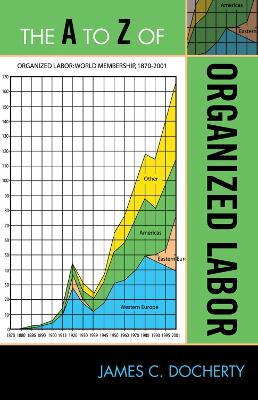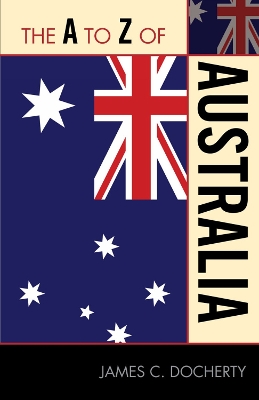The A to Z Guide
2 total works
Contrary to popular belief, organized labor is not dying although its membership has declined in most Western economies. The world membership of organized labor has increased 40 percent since 1980, mainly in Eastern Europe, Africa, and Asia boosting the global union membership from 140 to 166 million between 1995 and 2001. With 16 million union members, the United States has the second largest number of union members of any country in the world after the Russian Federation. The A to Z of Organized Labor captures the dynamism of this fascinating, complex subject and makes it accessible to any interested researcher. Containing 400 entries that cover organized labor in countries around the world, an up-to-date chronology, and an extensive bibliography arranged by subject, this dictionary provides an excellent source for these historical study of organized labor. Notable revised and new material include: o Statistical appendix o Guide to relevant Internet sites o Glossary of terms o Summary list of past and present international labor leaders o Lists of global union federations and the affiliated organizations of major national labor federations o Analytical lists of the membership of the International Confederation of Free Trade Unions An essential reference for students and scholars, this work will also be of interest to labor economists, lawyers, sociologists, human rights activists, and historians.
The last continent to be claimed by Europeans, Australia began to be settled by the British in 1788 in the form of a jail for its convicts. While British culture has had the largest influence on the country and its presence can be seen everywhere, the British were not Australia's original populace. The first inhabitants of Australia, the Aborigines, are believed to have migrated from Southeast Asia into northern Australia as early as 60,000 years ago. This distinctive blend of vastly different cultures contributed to the ease with which Australia has become one of the world's most successful immigrant nations. The A to Z of Australia relates the history of this unique and beautiful land, which is home to an amazing range of flora and fauna, a climate that ranges from tropical forests to arid deserts, and the largest single collection of coral reefs and islands in the world. Through a detailed chronology, an introduction, appendixes, a bibliography, and cross-referenced dictionary entries on some of the more significant persons, places, and events; institutions and organizations; and political, economic, social, cultural, and religious facets, author James Docherty provides a much needed single volume reference on Australia, from its most unpromising of beginnings as a British jail to the liberal, tolerant, democracy it is today.

